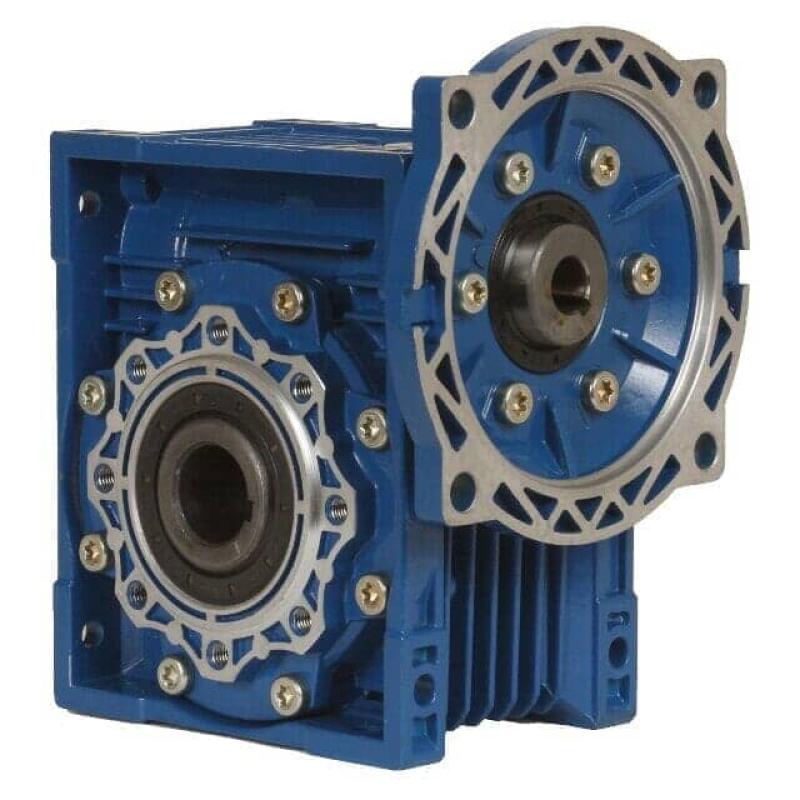Gear reducers serve as critical components in a wide range of industrial machinery and mechanical systems, designed to adjust output speed and torque from input power sources efficiently. These devices, also known as gearboxes or speed reducers, help optimize machine performance by transforming high-speed, low-torque input into a lower-speed, higher-torque output suitable for specific tasks. Their importance spans sectors such as manufacturing, automotive, aerospace, and energy, where precise control of mechanical power transmission is essential.
Understanding Gear Reducer requires delving into their types, structural configurations, and intrinsic benefits. The various designs—such as planetary, worm, helical, and spur gear reducers—differ in functionality, efficiency, and applications. For example, worm gear reducers are favored for their compactness and noise reduction qualities, whereas planetary gear reducers offer high torque density and efficiency in compact spaces. These variations allow engineers to select appropriate gear reducers aligned with operational requirements, load conditions, and space constraints.
Detailed Insights into Gear Reducer Mechanisms and Types
Gear reducers operate by meshing gears of different sizes and tooth profiles, which leads to a controlled reduction in speed and a corresponding increase in torque. The fundamental components include the input shaft, output shaft, gears, and housing. Selecting the gear type depends heavily on the intended performance characteristics. Helical gears, with their angled teeth, provide smoother and quieter operation compared to spur gears, which have straight teeth but are simpler and cost-effective. Additionally, planetary gear reducers distribute load among multiple planet gears, enhancing durability and performance under high load conditions.
The selection process involves considerations around gear ratio, torque requirements, load types, and operational environment. Gear ratios determine how much the speed is reduced relative to the input, affecting the output torque directly. For example, a gear reducer with a 10:1 ratio decreases speed by a factor of ten while increasing torque equivalently, which is vital in applications requiring substantial force but at lower speeds, such as conveyor belts or heavy-duty lifts. Understanding these technical nuances ensures industrial equipment runs with optimal precision and longevity.
Industrial and Dynamics for Advanced Gear Reducer Technologies
The global industrial landscape continuously seeks advanced gear reducer solutions driven by automation, energy efficiency, and technological innovation trends. Emerging s witness an increased demand for gear reducers that offer improved performance, reduced maintenance, and energy-saving capabilities. Integration of new materials and coatings enhances gear resistance to wear and corrosion, extending operational life and lowering downtime. Moreover, the adoption of smart gear reducer systems equipped with sensors enables condition monitoring, predictive maintenance, and integration with Industry 4.0 initiatives.
Various industries contributing to this demand include automotive manufacturing, where gear reducers form an integral part of robotic assembly lines; renewable energy sectors, deploying gearboxes in wind turbines for rotational speed adjustments; and logistics and material handling, where controlled speed and torque are critical for productivity and safety. Comprehensive analyses of gear reducer technology trends reveal ongoing research focused on miniaturization, modular designs, and environmentally friendly manufacturing processes, reflecting a strong future growth trajectory.
Commercial and Transactional Aspects of Procuring Gear Reducers in Industrial Operations
When sourcing gear reducers, industrial buyers evaluate factors like load capacity, efficiency, durability, and cost-effectiveness, alongside supplier reliability and after-sales support. The place offers an array of standard and custom-engineered gear reducers, suited for diverse applications from light-duty machinery to heavy industrial equipment. Buyers typically engage with manufacturers providing technical consultation and customization services to ensure compatibility with specific operational needs.
Procurement processes also consider warranty terms, lead times, and compliance with international quality standards such as ISO and AGMA certifications. Enhanced features like sealed housings for dust and moisture resistance, noise reduction technology, and adaptability to extreme temperature conditions further influence purchasing decisions. Transactional keywords related to gear reducers include “gear reducer pricing,” “custom gear reducer supplier,” “industrial gear reducer catalog,” and “gearbox for heavy machinery,” which assist buyers in navigating commercial platforms and identifying viable products quickly.
Get This Report in Japanese Language - ギア減速機
Get This Report in Korean Language - 기어 감속기
Read More Articles Related to this Industry –
How ICT Companies Can Leverage Google Business Profile for Local SEO Success
How Predictive Maintenance is Revolutionizing Industrial IoT
Prescriptive Analytics vs. Predictive Analytics: Key Differences and Applications
About Author:
Priya Pandey is a dynamic and passionate editor with over three years of expertise in content editing and proofreading. Holding a bachelor's degree in biotechnology, Priya has a knack for making the content engaging. Her diverse portfolio includes editing documents across different industries, including food and beverages, information and technology, healthcare, chemical and materials, etc. Priya's meticulous attention to detail and commitment to excellence make her an invaluable asset in the world of content creation and refinement.
(LinkedIn- https://www.linkedin.com/in/priya-pandey-8417a8173/)
